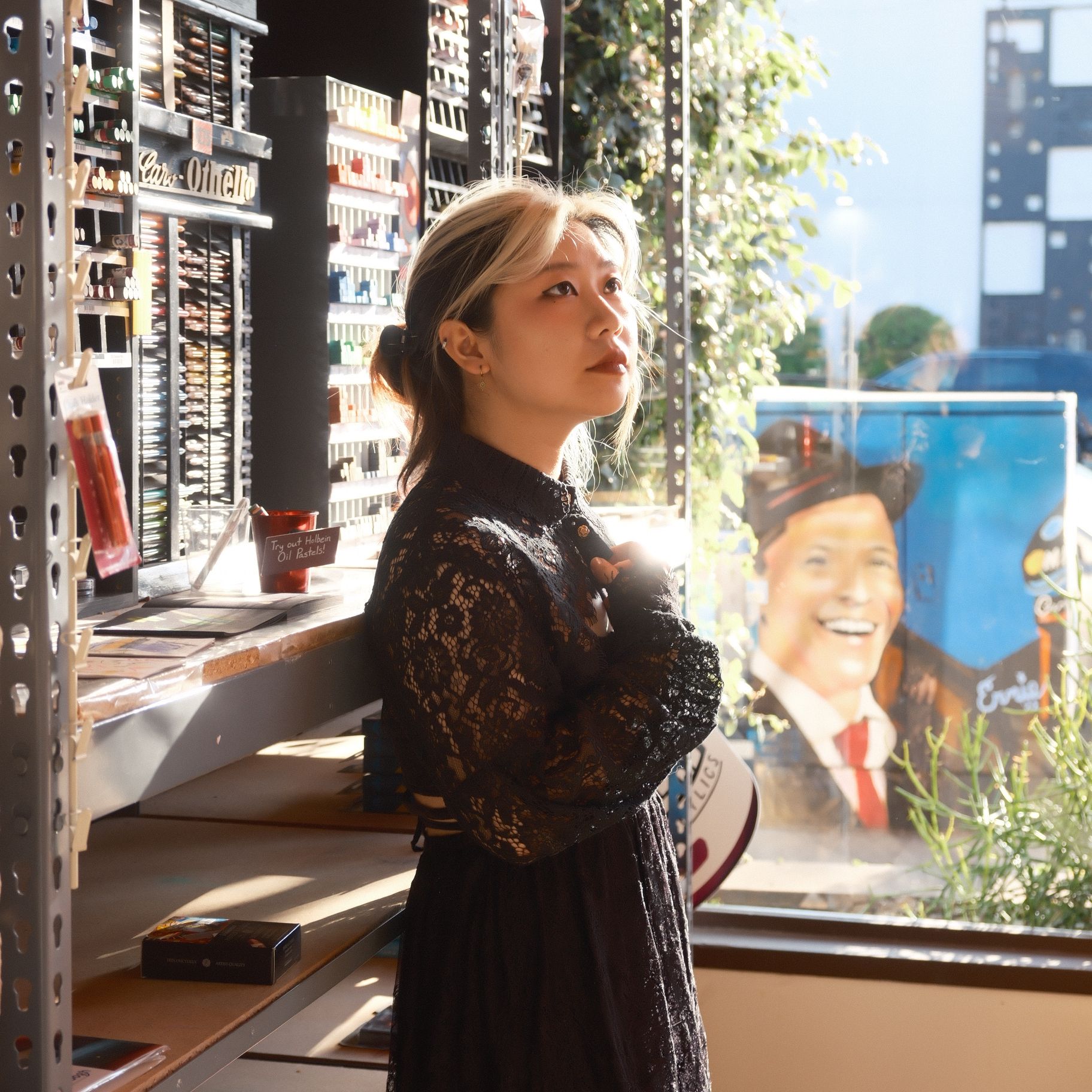

We’re looking forward to introducing you to Zoe Ze Zhou. Check out our conversation below.
Zoe Ze, so good to connect and we’re excited to share your story and insights with our audience. There’s a ton to learn from your story, but let’s start with a warm up before we get into the heart of the interview. Are you walking a path—or wandering?
I think I’m walking a path, but it’s not one I found—it’s one I’m making as I go. My work often starts with a feeling or a question, like wondering what it would mean for humans and plants to share space as equals. I follow that question, and it takes me in unexpected directions—sometimes into building installations that literally breathe with living plants, other times into conversations with people I’d never have met otherwise.
Along the way, this path has taken me to some incredible places—showing my work in London at the Contemporary Art Fair, in New York, Los Angeles, and across California, as well as in Florida. Each exhibition has opened doors to new audiences and conversations, from major art platforms to intimate gallery settings. None of them have felt like a “final stop”—they’re more like milestones that give me the confidence to keep building forward.
It’s not wandering aimlessly—it’s shaping the ground under my feet in real time, trusting that the process itself will show me where to go next.
Can you briefly introduce yourself and share what makes you or your brand unique?
The first thing most people notice about my work is that it’s alive—sometimes literally. Plants creep along walls, fungi sprout from unexpected surfaces, and in one piece, a wedding dress slowly decomposes under the growth of mushrooms. I’m fascinated by the ways living materials can shift our understanding of the body, memory, and our relationship to the natural world.
My journey as an artist has taken me far from the quiet moments in my studio to exhibitions in London, New York, Los Angeles, and across California and Florida. These shows—ranging from major international art fairs to intimate gallery settings—are not just milestones, but conversations in public space. They’ve allowed me to invite strangers into environments where they are not just viewers, but participants: breathing with plants, touching the textures of fungi, or stepping inside a work that changes over time.
Right now, I’m exploring projects that blur the boundaries between human and plant life—imagining dining tables where wheat grows alongside shared meals, or living installations that respond to a heartbeat. For me, art is less about creating static objects and more about cultivating experiences that can shift someone’s perspective, even if only for a moment.
Amazing, so let’s take a moment to go back in time. What’s a moment that really shaped how you see the world?
Losing my father was the moment that changed everything for me. Grief has a way of collapsing time—suddenly, the past, present, and future all feel like they’re happening at once. I wanted to hold on to something real, something that felt alive, even when the person was gone. That’s how my ongoing series Hair from You began.
I started collecting hair from people I love—friends, family, sometimes even strangers—and weaving it into sculptures and installations. Hair carries a trace of the person long after they’ve left; it’s intimate, physical, and deeply human. Working with it became my way of preserving connection, of making the invisible bonds between people visible.
That experience didn’t just shape my art—it shaped how I see the world. I became more aware of how fragile and precious relationships are, and how materials, even something as small as a strand of hair, can hold memory and meaning. In a way, my work has been about learning to live with loss while keeping the thread of connection alive.
When did you stop hiding your pain and start using it as power?
For a long time, I thought I was just escaping into my art. It was a place where I could hide from the weight of grief and the things I didn’t know how to face. But over time, I realized that the act of creating was also guiding me out—it wasn’t only a shelter, it was a path.
My work often follows a rhythm I think of as yin and yang, a cycle of opposites and returns, much like time itself. Loss and renewal, absence and presence—they coexist, they transform into one another. That way of seeing helped me understand that pain isn’t something you have to erase; it can be something you carry forward, something that fuels what you make and how you connect with others.
I know there are people out there who have felt the same kind of loss I have. If my work can give even one person the sense that they’re not alone—that there’s a way to live with pain and still create beauty—then I feel I’ve done something meaningful.
I think our readers would appreciate hearing more about your values and what you think matters in life and career, etc. So our next question is along those lines. What’s a belief or project you’re committed to, no matter how long it takes?
One project I’m deeply committed to is my performance piece My Mouth as a Plant’s Pot. In it, I grew real plants inside a wearable structure that extended from my mouth—an act that was as physically challenging as it was conceptually layered. The performance lasted an entire month, during which I had to care for the plants as carefully as I cared for myself.
It’s about coexistence in the most intimate and uncomfortable way—sharing breath and space with another living thing. For me, it was a way to challenge the traditional boundary between human and nature, to ask what it really means to nurture life.
I’m committed to this kind of work no matter how long it takes, because it’s not just about a single performance. It’s about a belief—that art can be a living exchange, that patience and care are radical acts, and that blurring the line between the human body and the natural world can open entirely new ways of seeing.
Before we go, we’d love to hear your thoughts on some longer-run, legacy type questions. What is the story you hope people tell about you when you’re gone?
I’ve experienced a lot of loss in my life—friends, family, people I thought would be here much longer. Each time, it has made me hold tighter to the connections I still have. To me, those bonds between people are the most fragile and the most precious thing we ever touch.
If there’s a story people tell about me when I’m gone, I hope it’s that I worked to make those connections visible. That I found ways—through hair, plants, fungi, and living installations—to honor the invisible threads that tie us together, even when distance or death pulls us apart.
My art has always been about finding beauty in the act of holding on. If that’s what people remember—that I tried to preserve connection, and invite others to see its value—then I think that’s enough.
Contact Info:
- Website: https://www.zoezezhou.com
- Instagram: zart._zoe
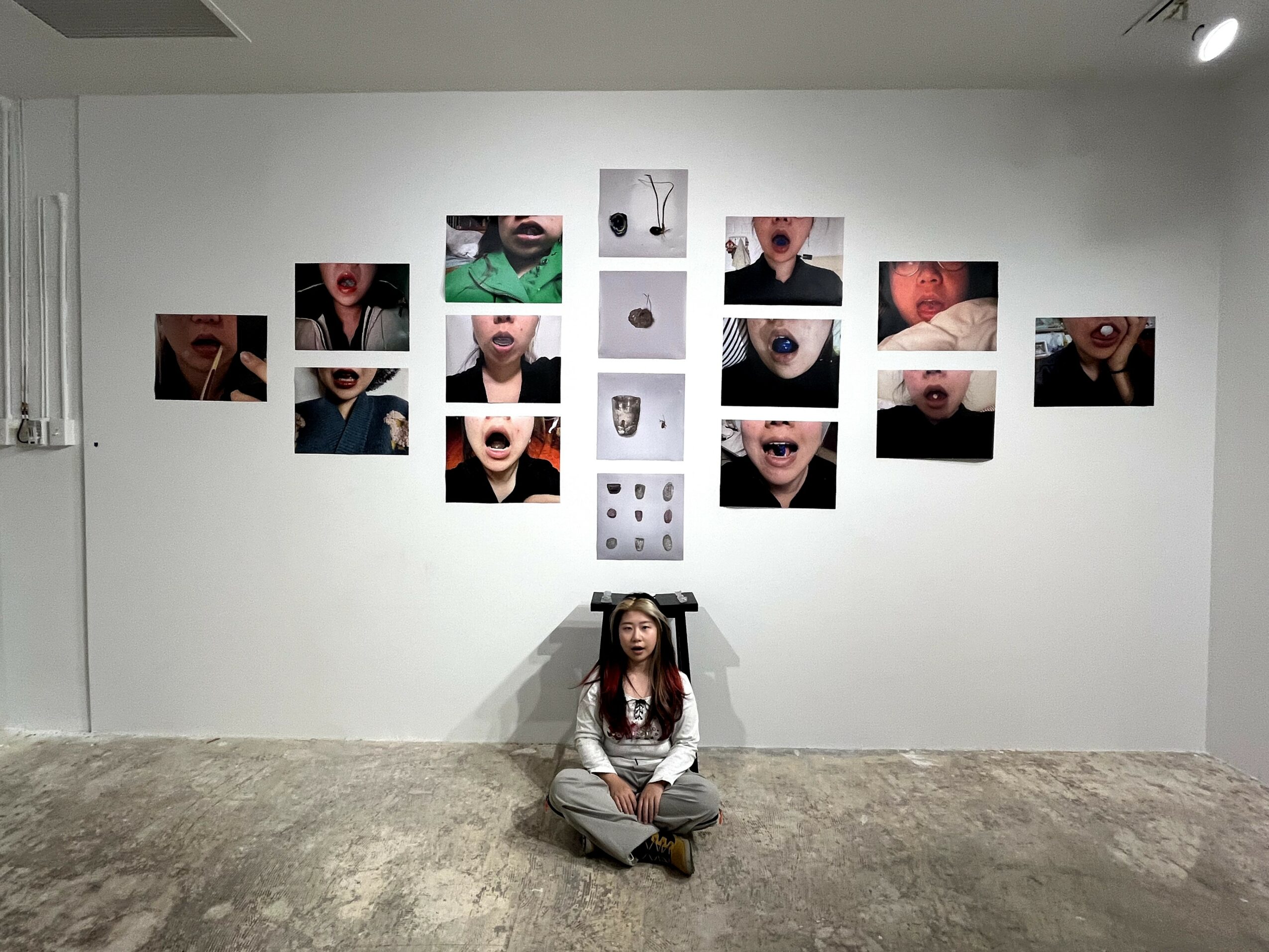
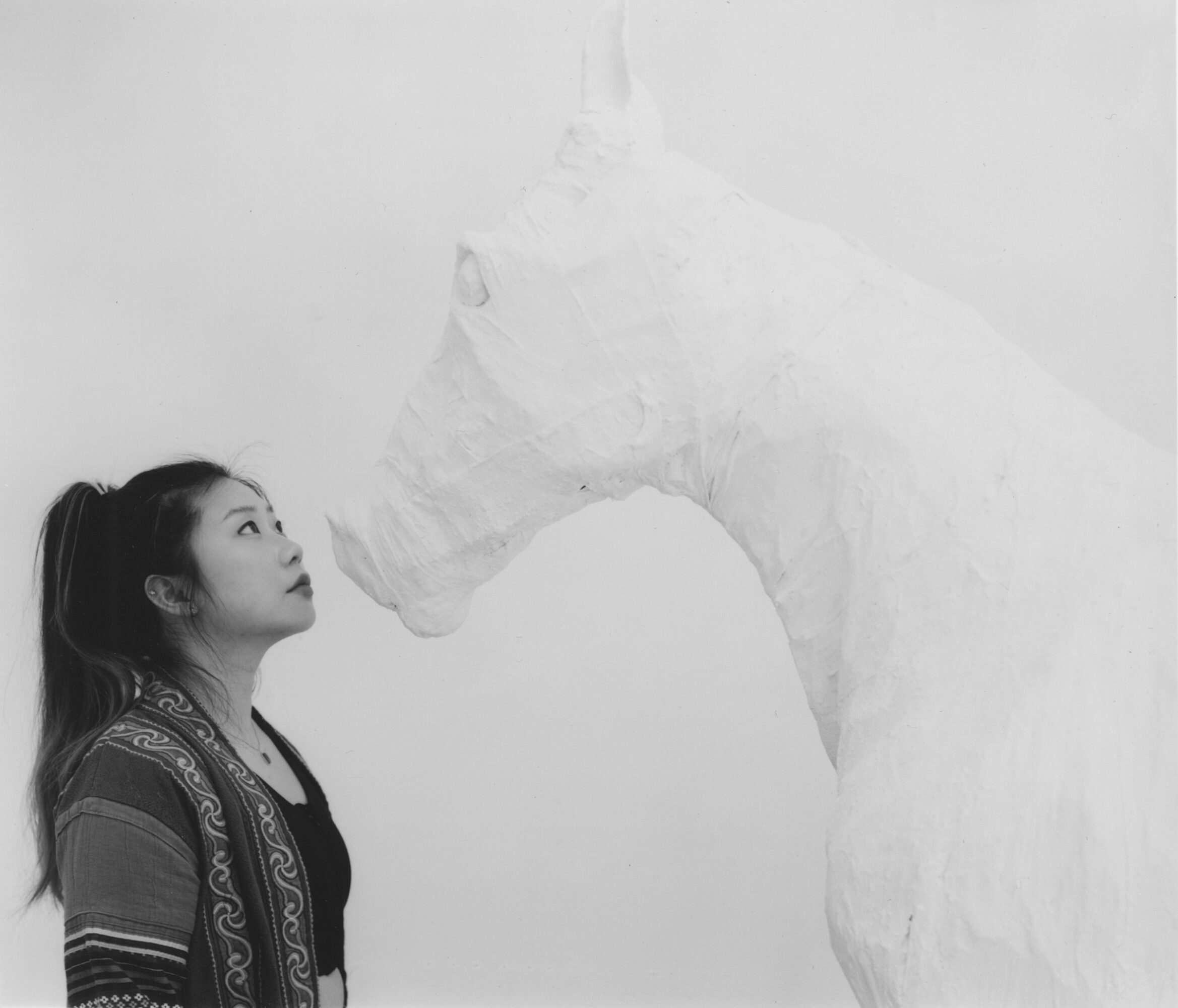
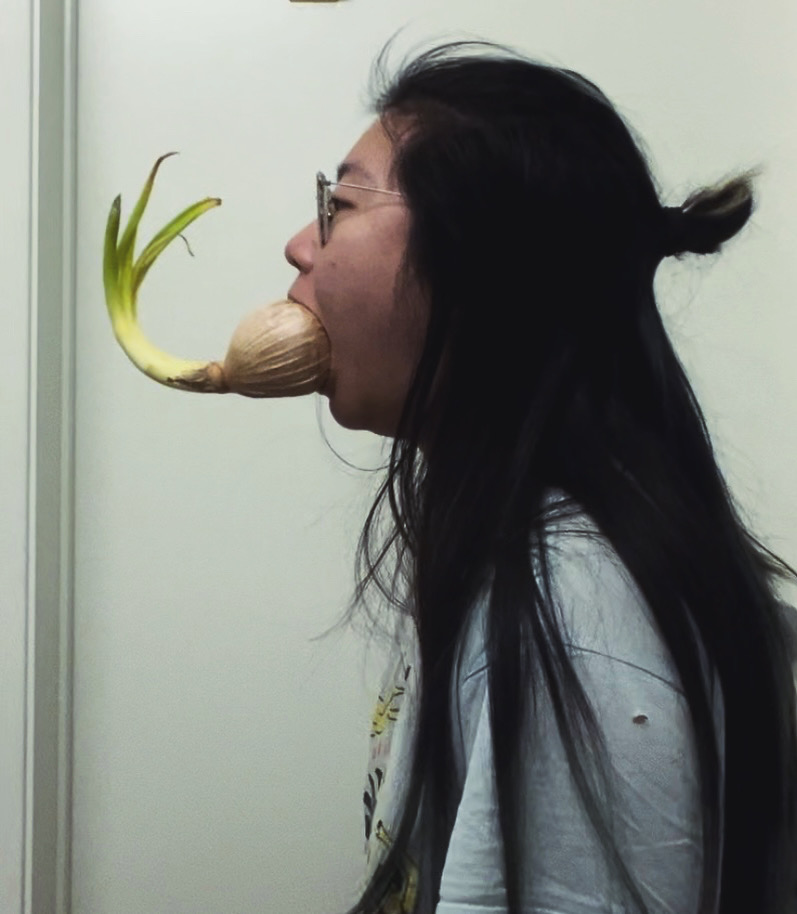
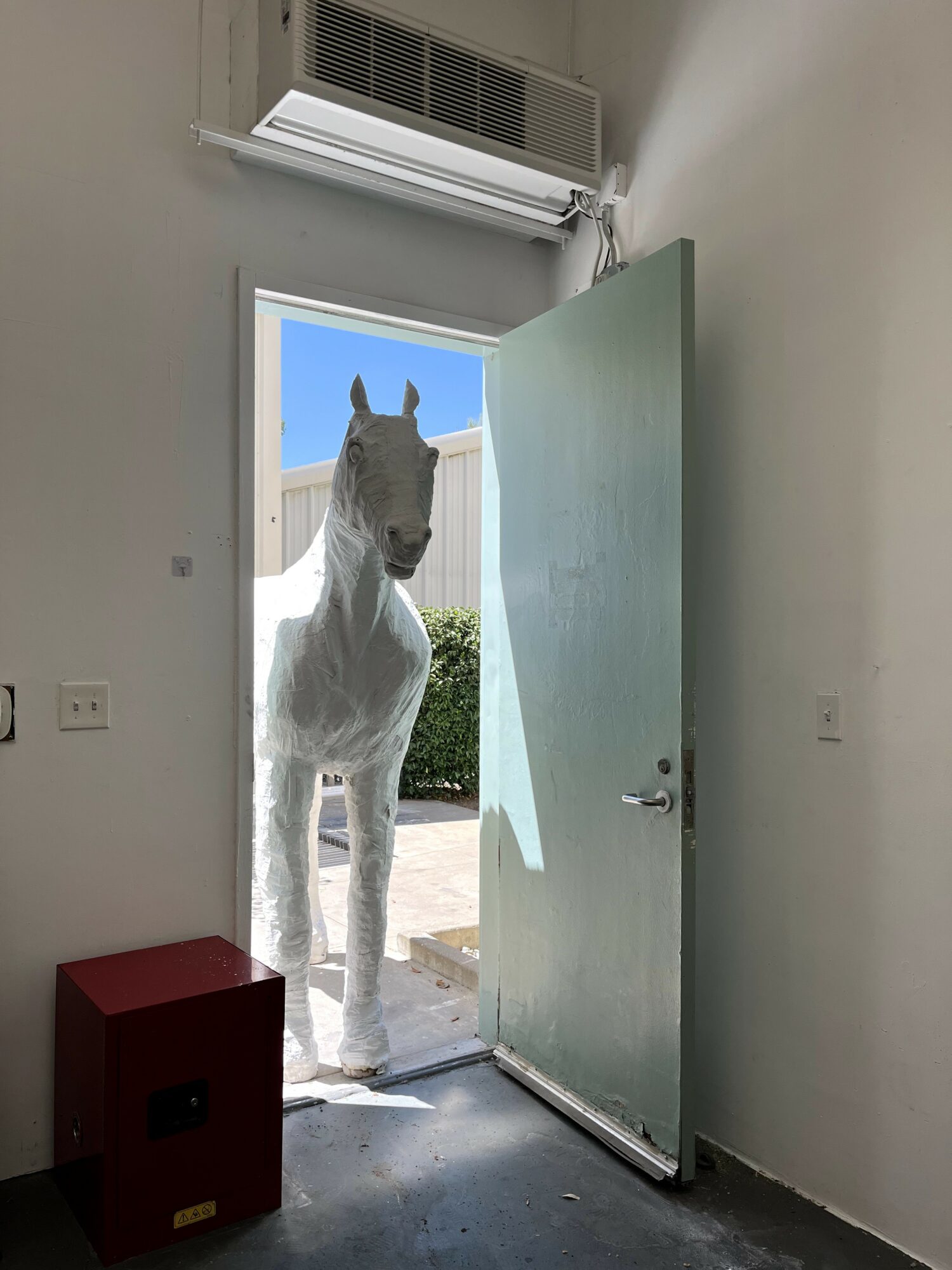
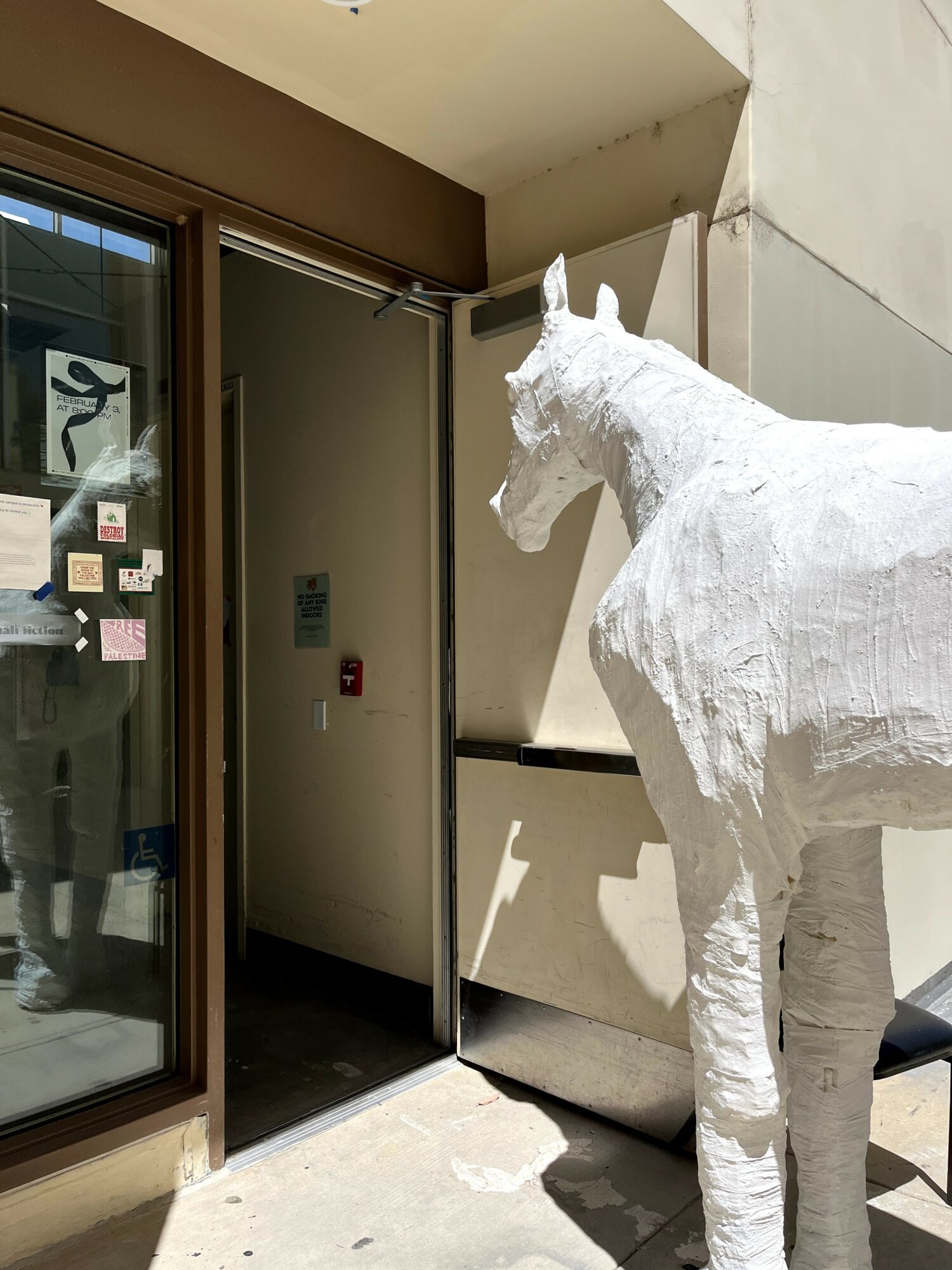
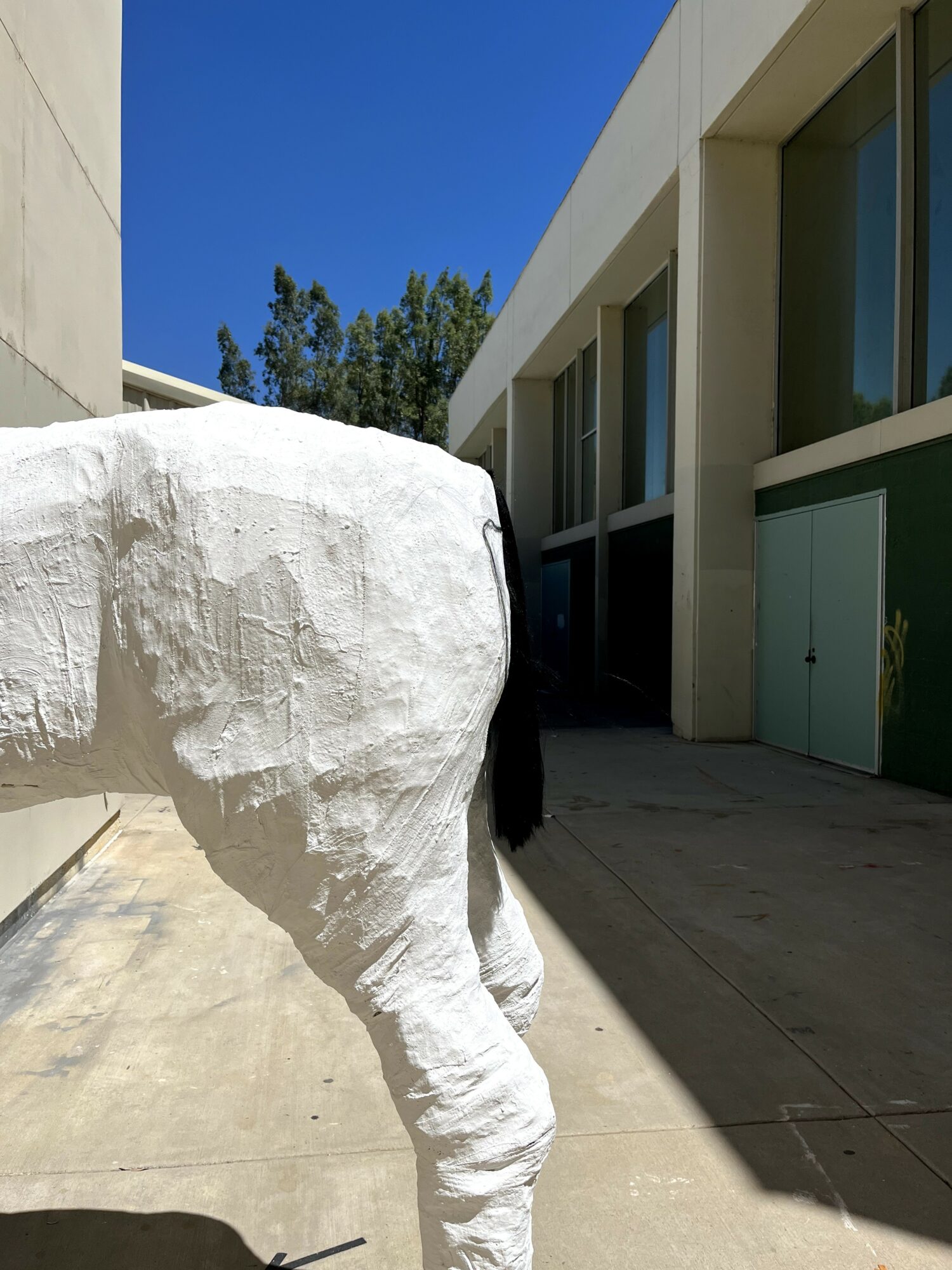
Image Credits
Photo credit to Tian Liu














